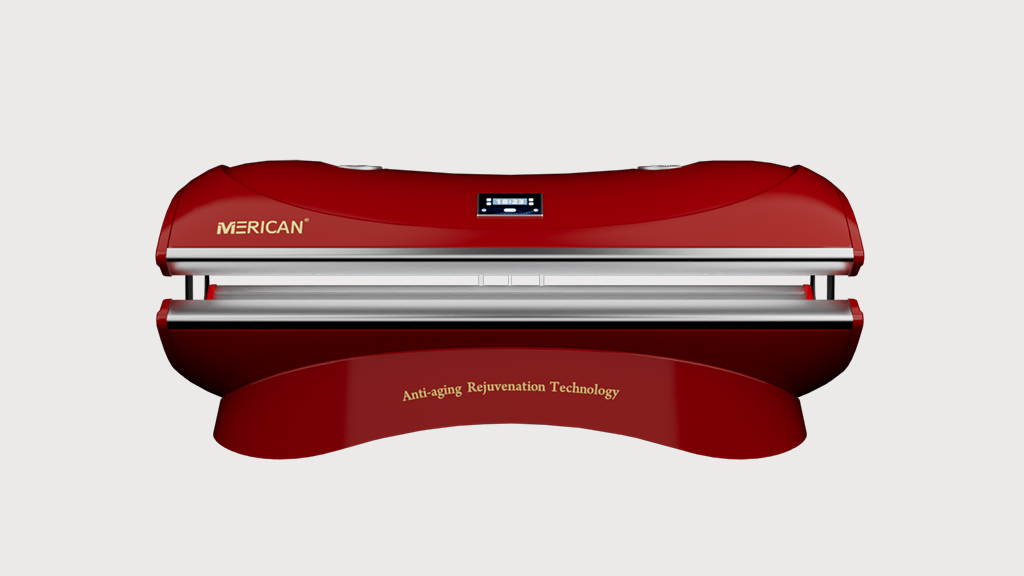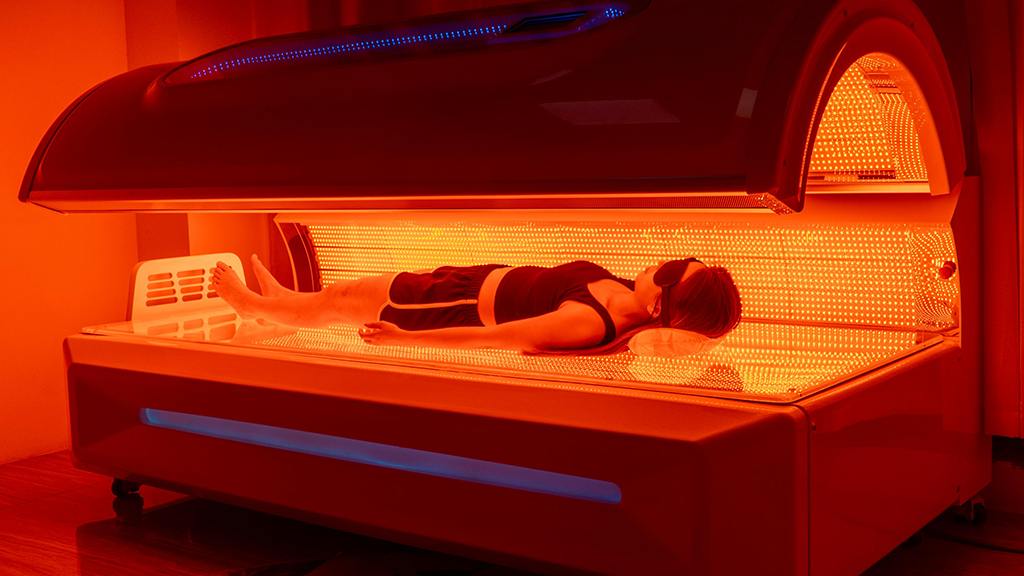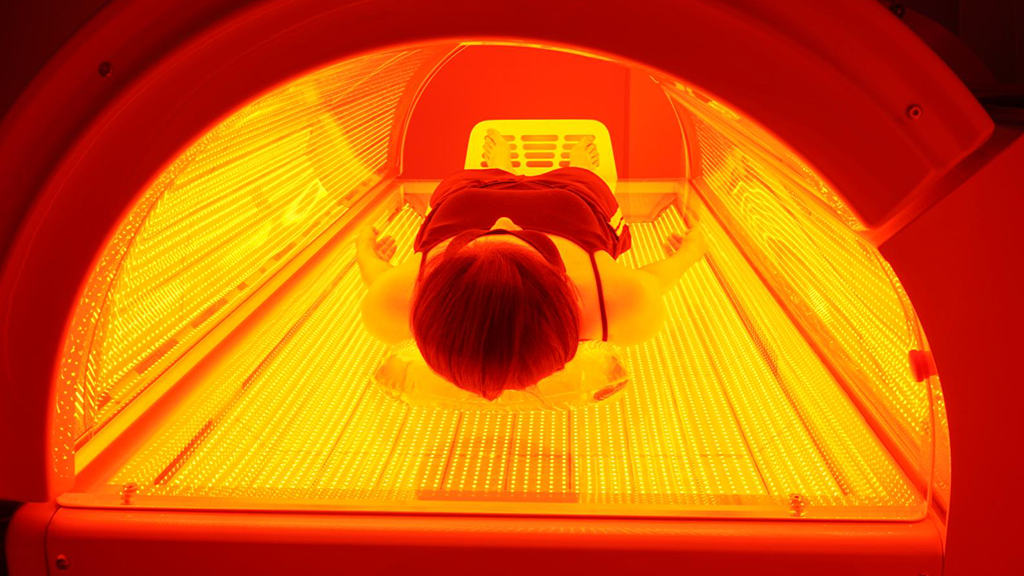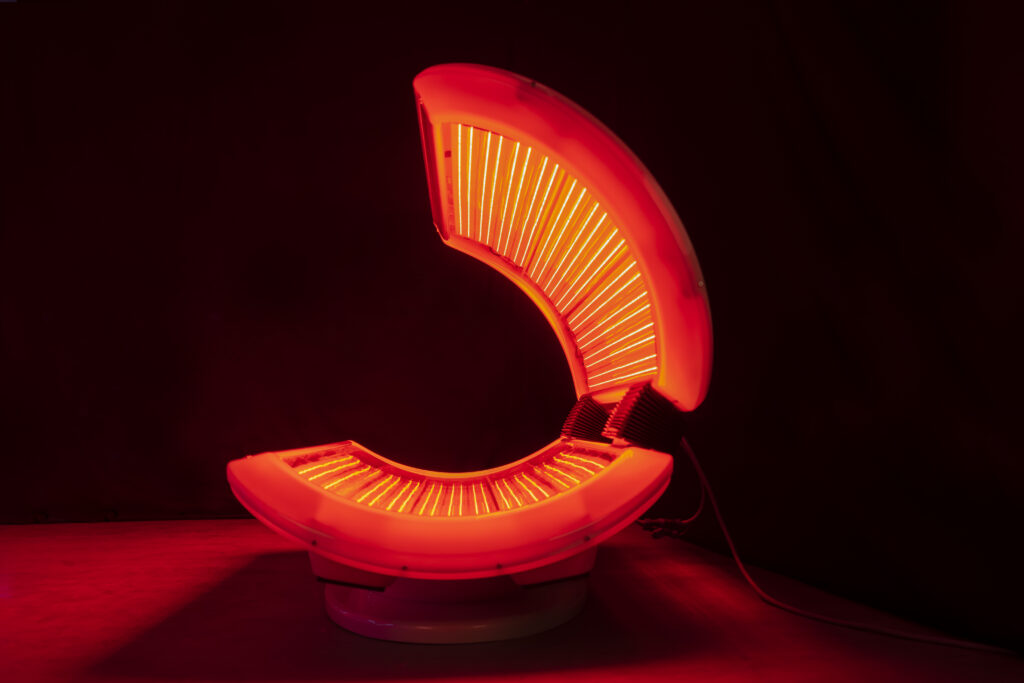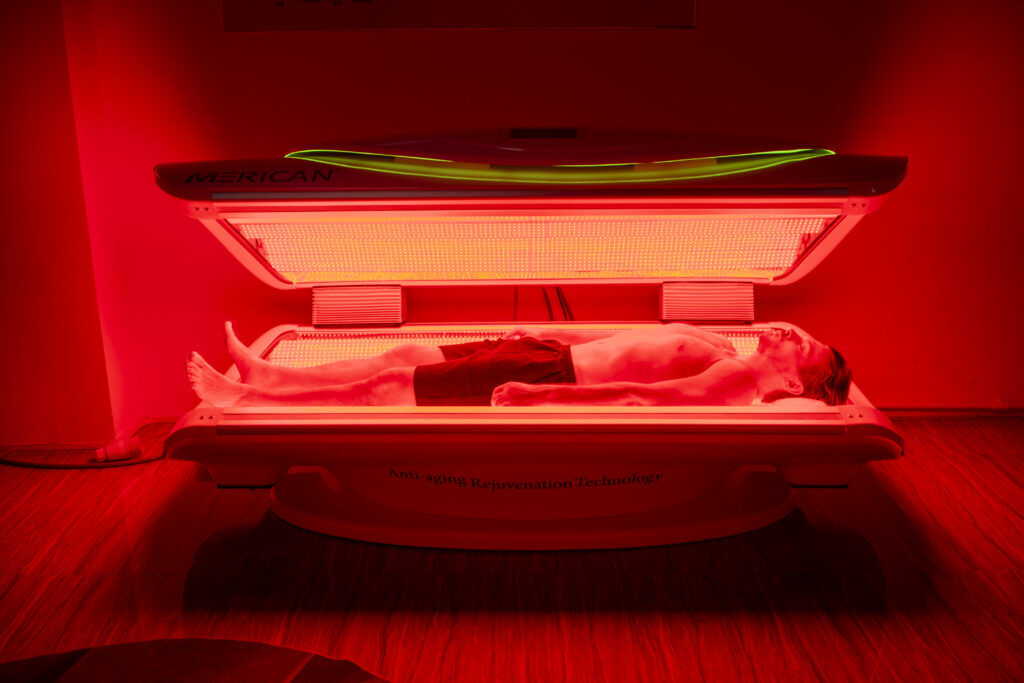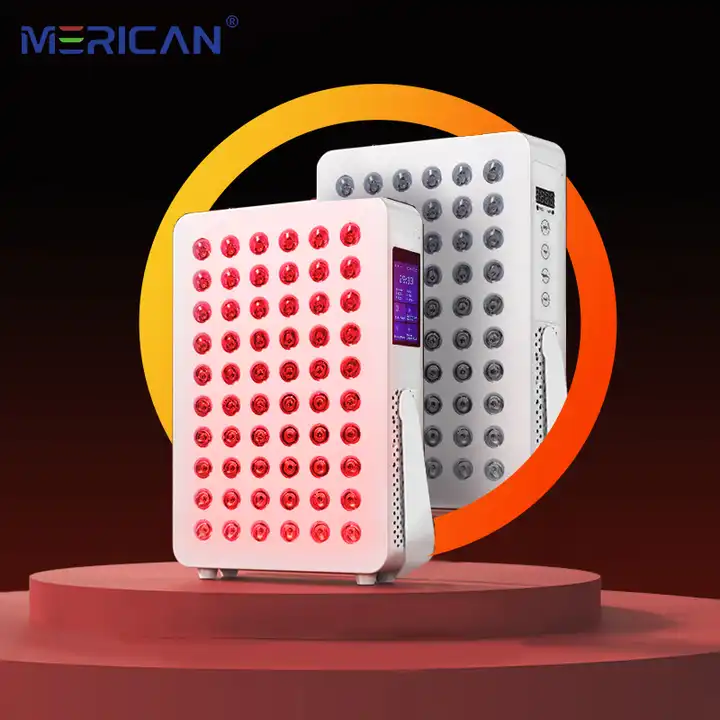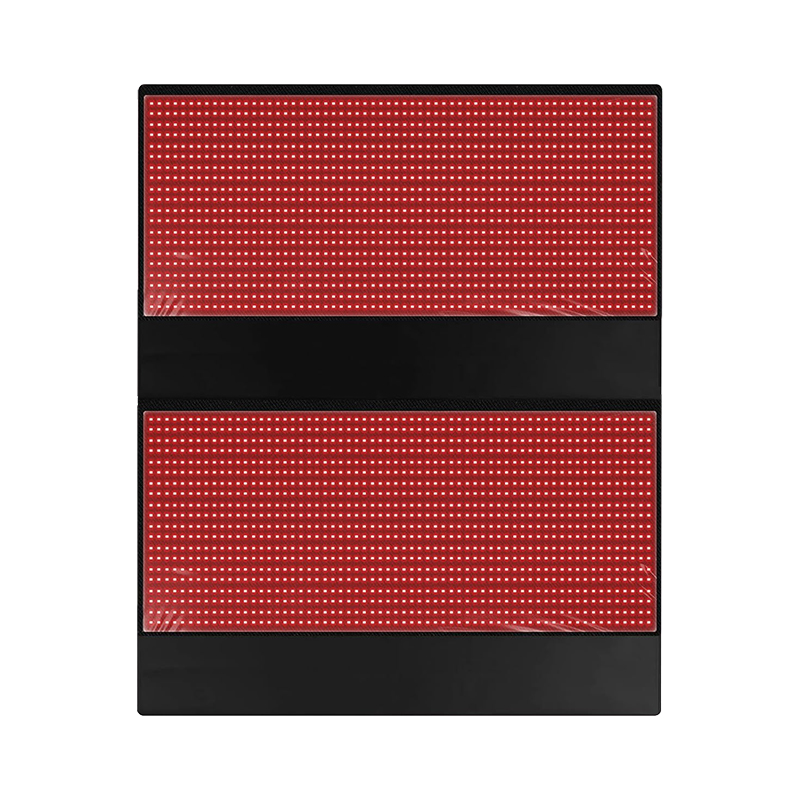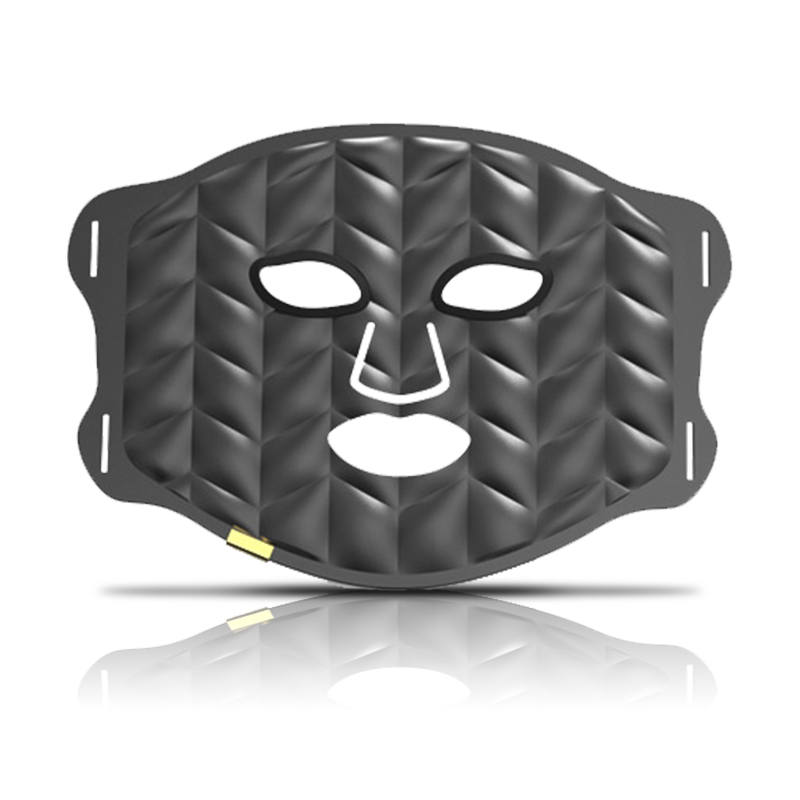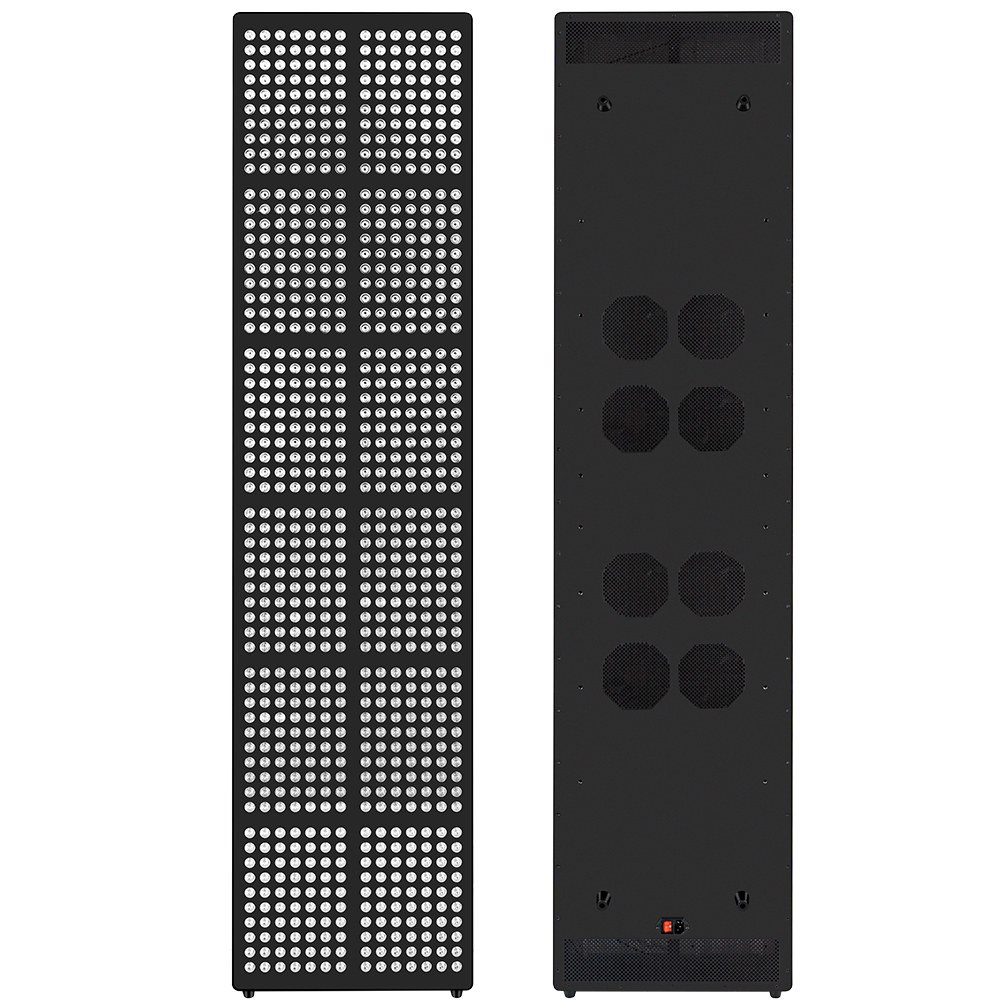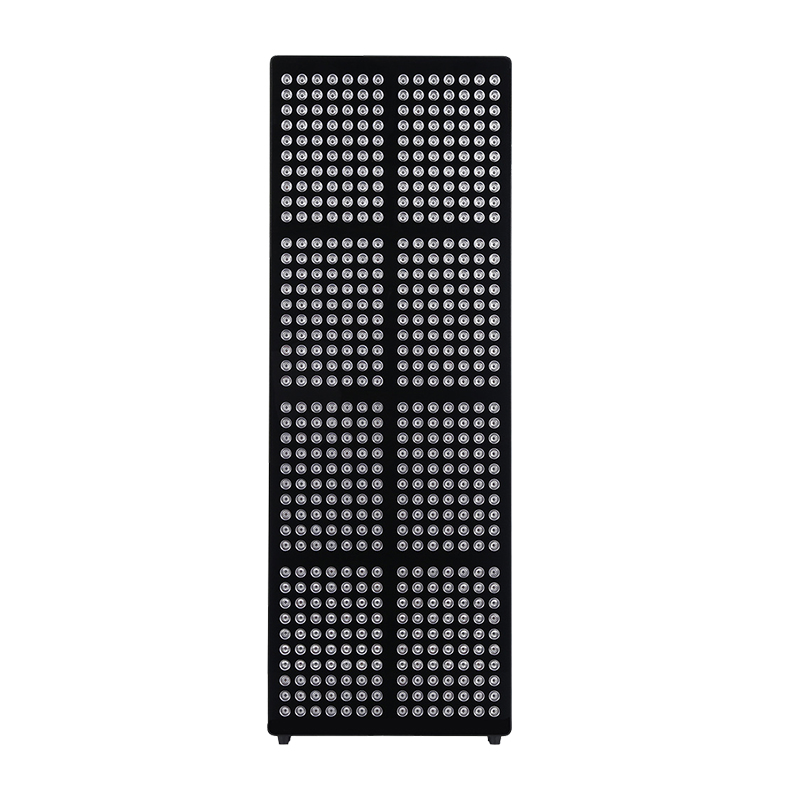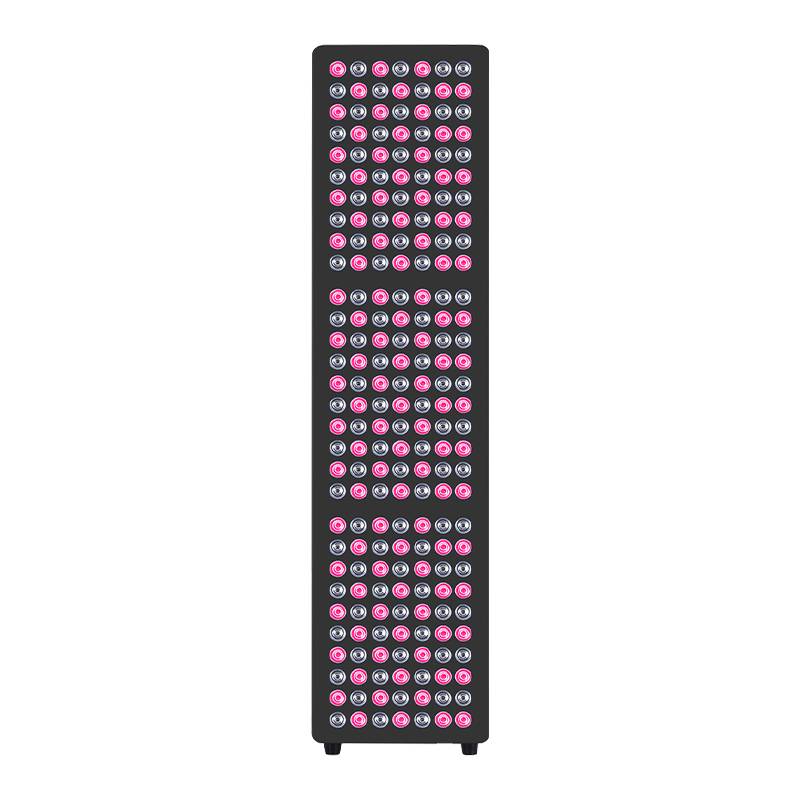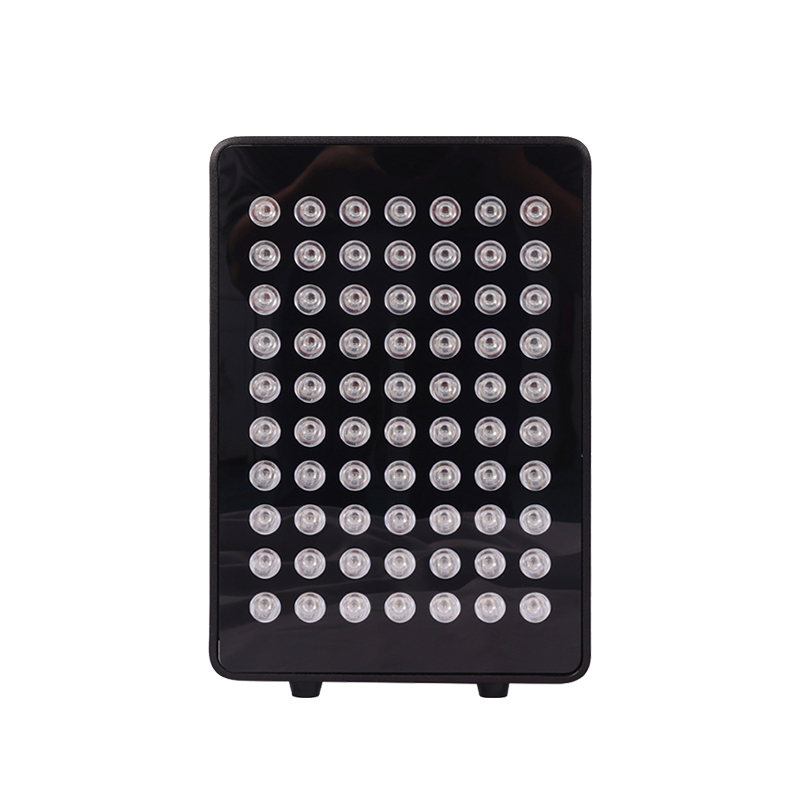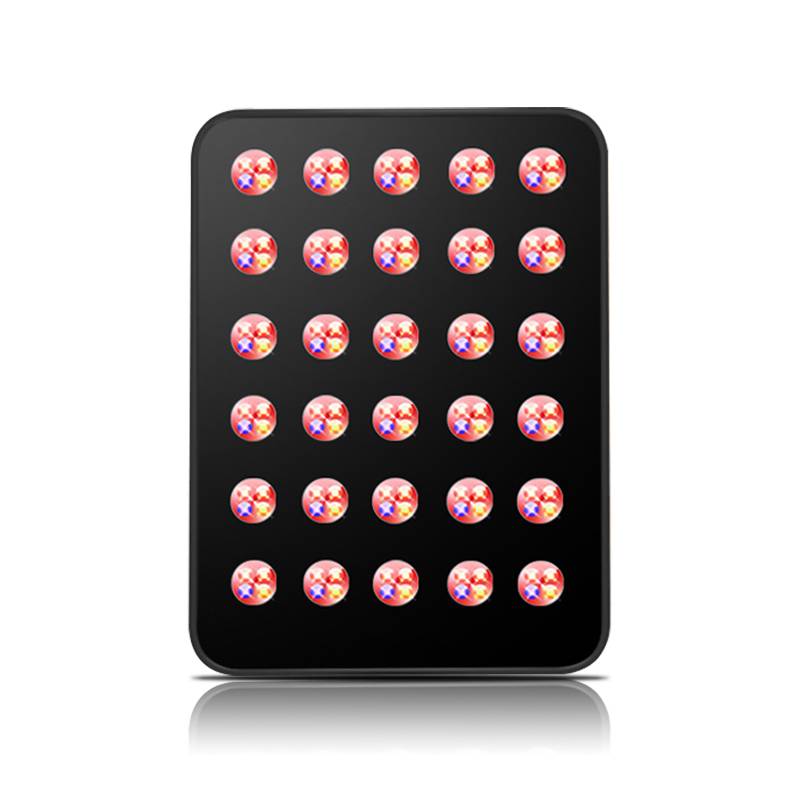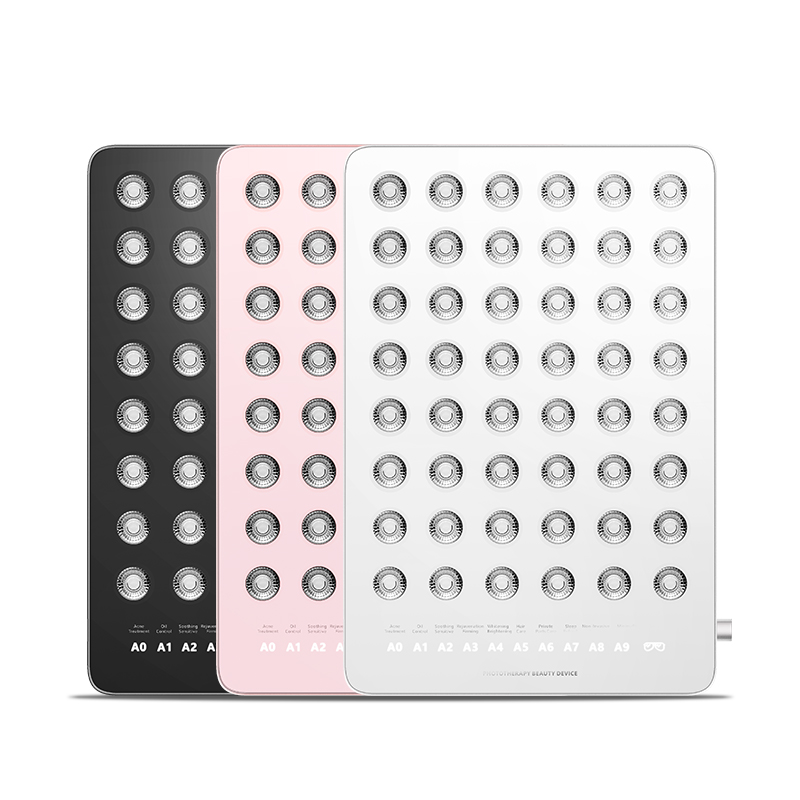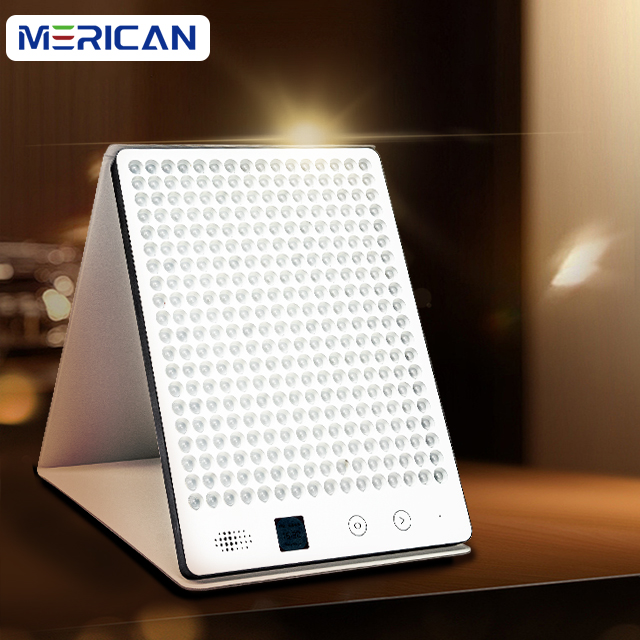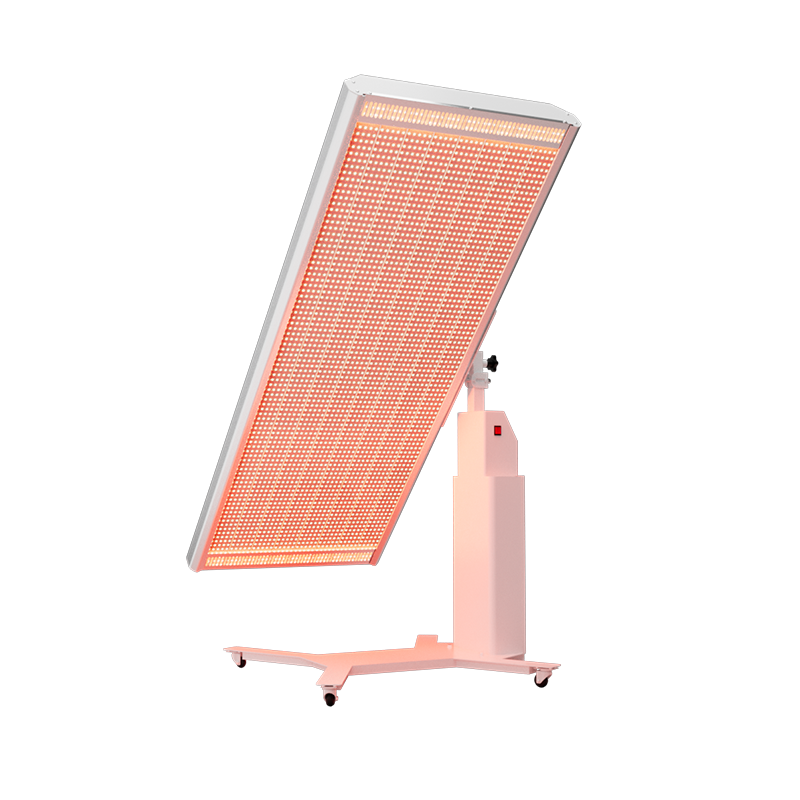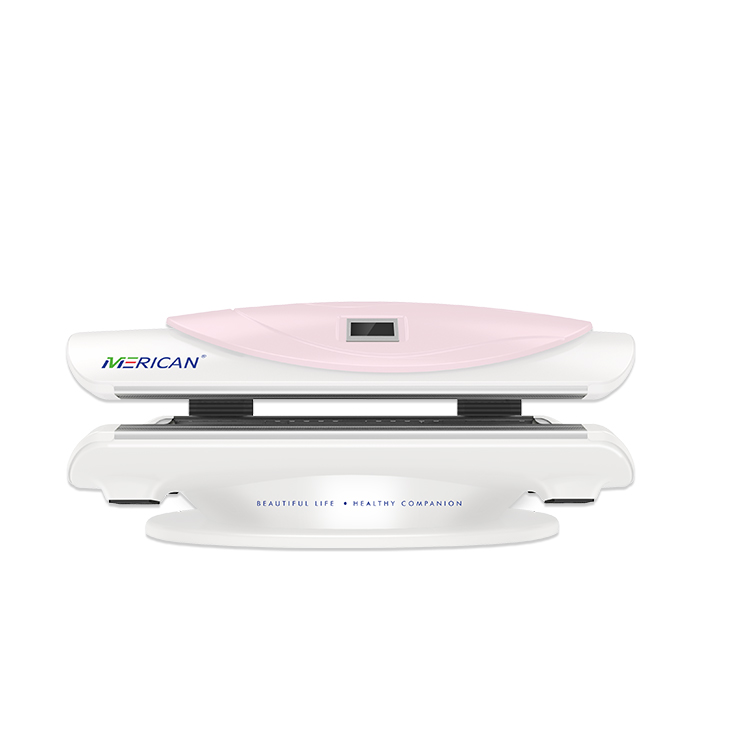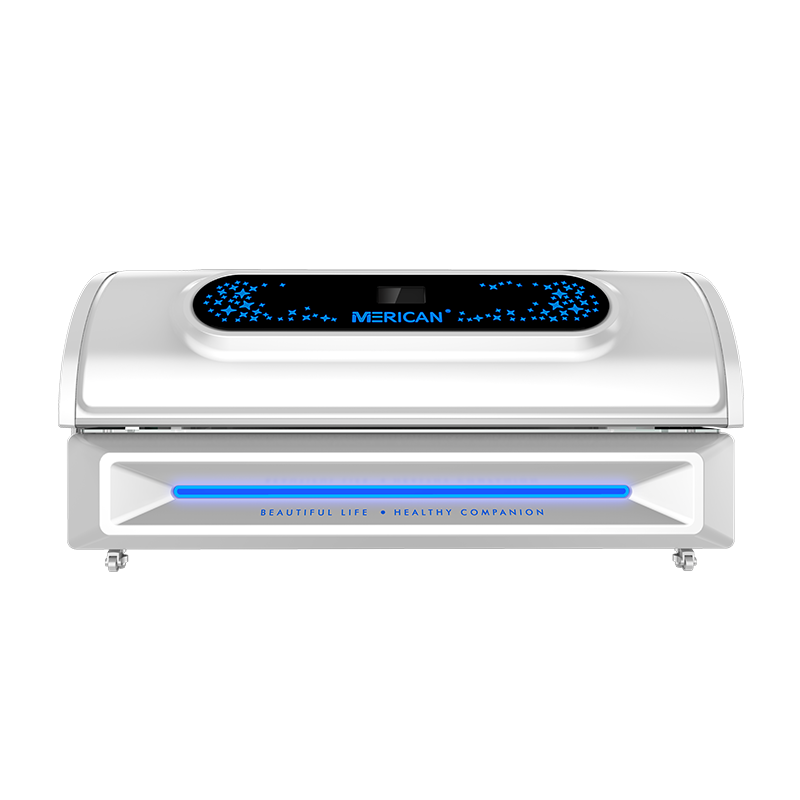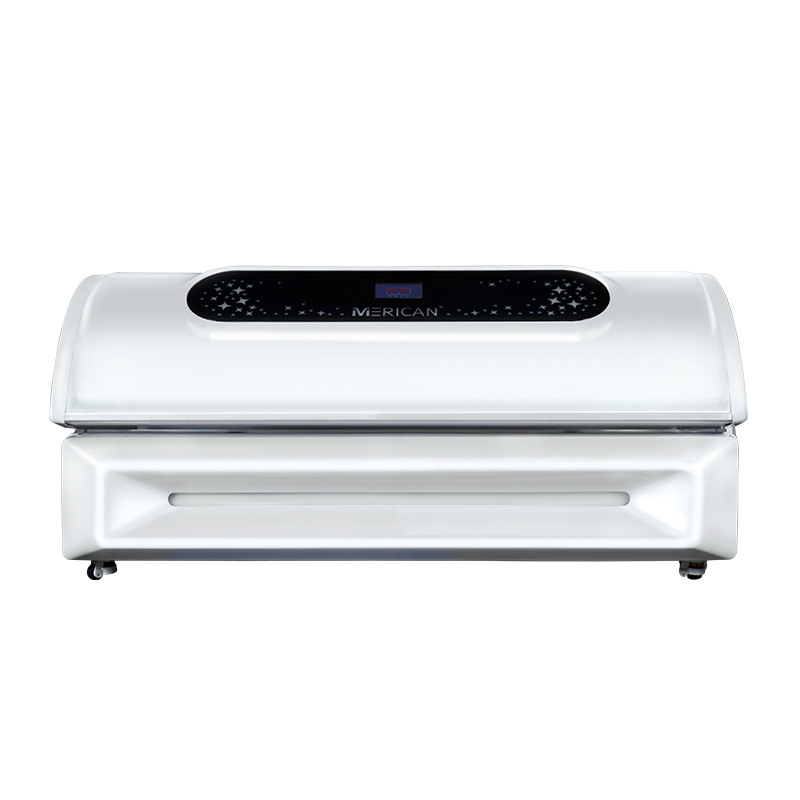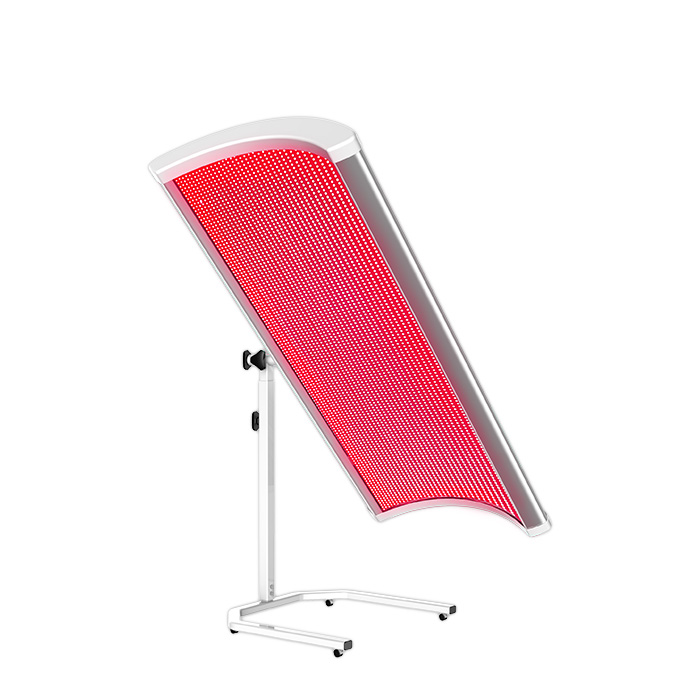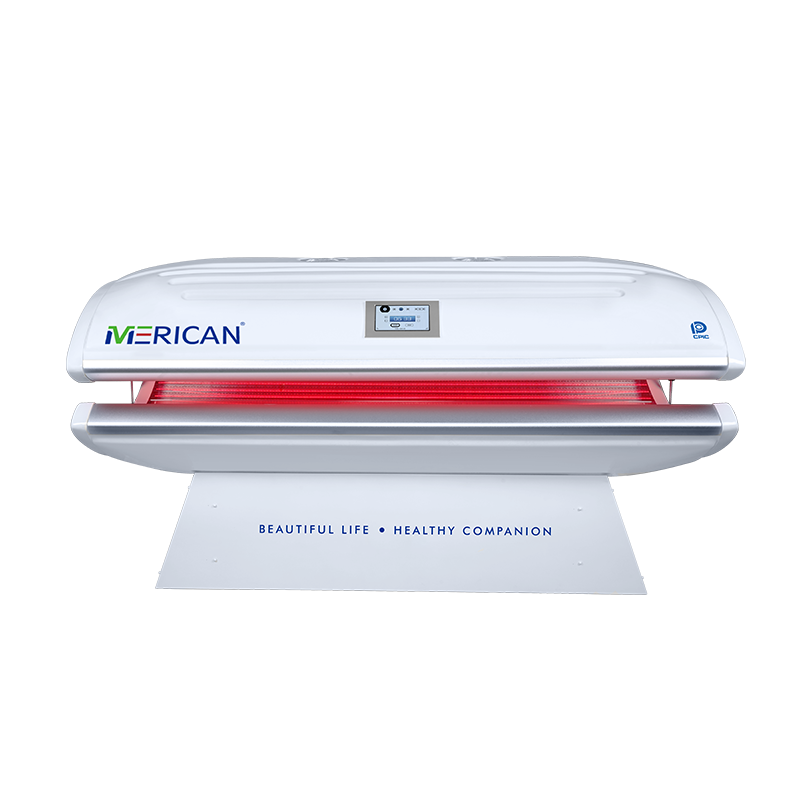Light-based therapies are widely used in wellness, skincare, and pain management. Two commonly discussed types are red light therapy (RLT) and infrared therapy (IRT). Although they may seem similar, understanding their differences is important for choosing the right treatment.
What is Red Light Therapy?
- Uses visible red light wavelengths (typically 630–660nm).
- Penetrates superficial layers of the skin.
- Stimulates collagen production, elastin repair, and cellular regeneration.
- Common uses:
- Skin rejuvenation and tightening
- Reducing fine lines and wrinkles
- Healing minor wounds and scars
- Reducing redness and superficial inflammation
What is Infrared Therapy?
- Uses near-infrared wavelengths (around 800–1000nm).
- Penetrates deeper into muscles, joints, and connective tissue.
- Promotes blood flow, oxygen delivery, and tissue repair.
- Common uses:
- Muscle and joint pain relief
- Reducing deep inflammation
- Accelerating recovery from injuries
- Relaxation and improved circulation
Key Differences at a Glance
| Feature | Red Light Therapy | Infrared Therapy |
|---|---|---|
| Wavelength | 630–660nm | 800–1000nm |
| Penetration Depth | Superficial (skin layers) | Deep (muscles & joints) |
| Primary Benefits | Skin rejuvenation, collagen stimulation | Pain relief, circulation, deep tissue healing |
| Ideal Use | Wrinkles, scars, redness, acne | Muscle soreness, joint pain, inflammation |
| Heat Generation | Minimal | Mild warmth due to deeper penetration |
Which One Should You Choose?
- Skin-focused treatments: Red light therapy is most effective for improving texture, elasticity, and appearance.
- Pain or deep tissue concerns: Infrared therapy is ideal for relieving muscle soreness, joint stiffness, and inflammation.
- Combined therapy: Some devices use both red and near-infrared light for comprehensive benefits, targeting skin and deeper tissues simultaneously.
Conclusion
Red light therapy and infrared therapy are both safe and effective but serve different purposes. Red light is best for skin health, while infrared is best for pain relief and deep tissue recovery. For maximum benefits, a combination of both therapies is often recommended.
10 Frequently Asked Questions (FAQ)
- Is red light therapy the same as infrared therapy?
No, red light targets superficial skin layers, while infrared penetrates deeper tissues. - Which therapy is better for anti-aging?
Red light therapy is more effective for reducing wrinkles and stimulating collagen. - Which therapy is better for muscle or joint pain?
Infrared therapy provides deeper penetration for pain relief and improved circulation. - Can I use both therapies together?
Yes, combination devices offer both superficial and deep tissue benefits. - Does infrared therapy produce heat?
Yes, near-infrared light penetrates deeper and generates gentle warmth. - How long are typical treatment sessions?
10–20 minutes per session, 3–5 times per week, depending on goals and device. - Are these therapies safe for everyone?
Generally, yes. Follow device instructions, and consult a doctor if you have medical conditions. - Can red light therapy help with skin redness or acne?
Yes, it reduces superficial inflammation and stimulates cellular repair. - Can infrared therapy improve circulation?
Yes, it increases blood flow and oxygen delivery to muscles and tissues. - How soon will I see results?
Skin improvements from red light therapy may appear in 4–8 weeks; pain relief from infrared therapy can sometimes be felt immediately or after a few sessions.

